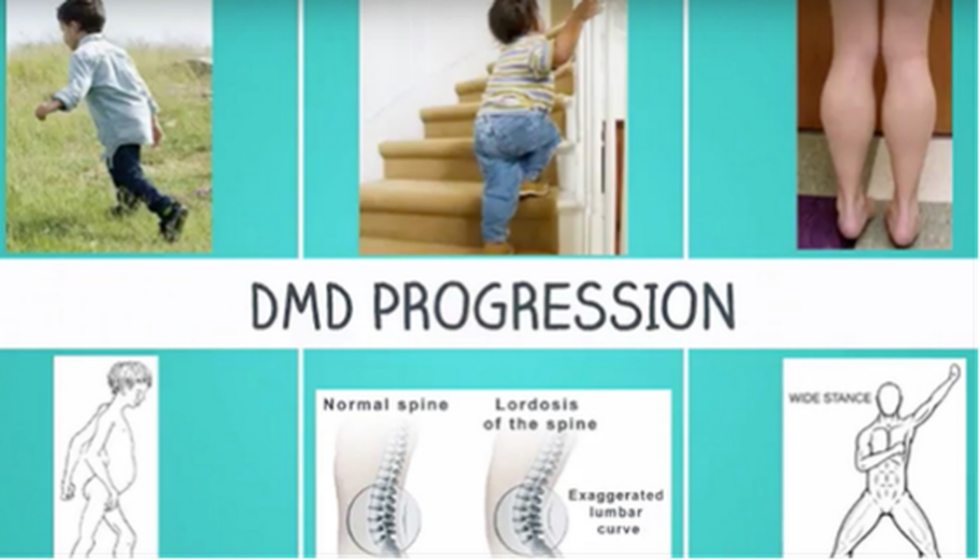Why in news?
- Doctors from Tamil Nadu along with scientists from Japan have developed a disease-modifying treatment by using a food additive a beta-glucan produced by N-163 strain of a yeast Aureobasidium pullulans.
Key facts about Duchenne’s Muscular Dystrophy:
- It is a rare genetic disorder.
- It was first described by the French neurologist Guillaume Benjamin Amand Duchenne in the 1860.
- It is characterized by progressive muscle degeneration and weakness due to the alterations of a protein called dystrophin that helps keep muscle cells intact.
- It is a multi-systemic condition, affecting many parts of the body, which results in deterioration of the skeletal, heart, and lung muscles.
- The dystrophin gene is found on the X-chromosome, it primarily affects males, while females are typically carriers.
- Symptoms
- It can begin as early as age 2 or 3, first affecting the proximal muscles (those close to the core of the body) and later affecting the distal limb muscles (those close to the extremities).
- Usually, the lower external muscles are affected before the upper external muscles.
- The affected child might have difficulty jumping, running, and walking.
- Other symptoms include enlargement of the calves, a waddling gait, and lumbar lordosis (an inward curve of the spine).
- Later on, the heart and respiratory muscles are affected as well.
- Treatments: Presently available treatments are gene therapy, exon skipping, stop codon read-through and gene repair.
